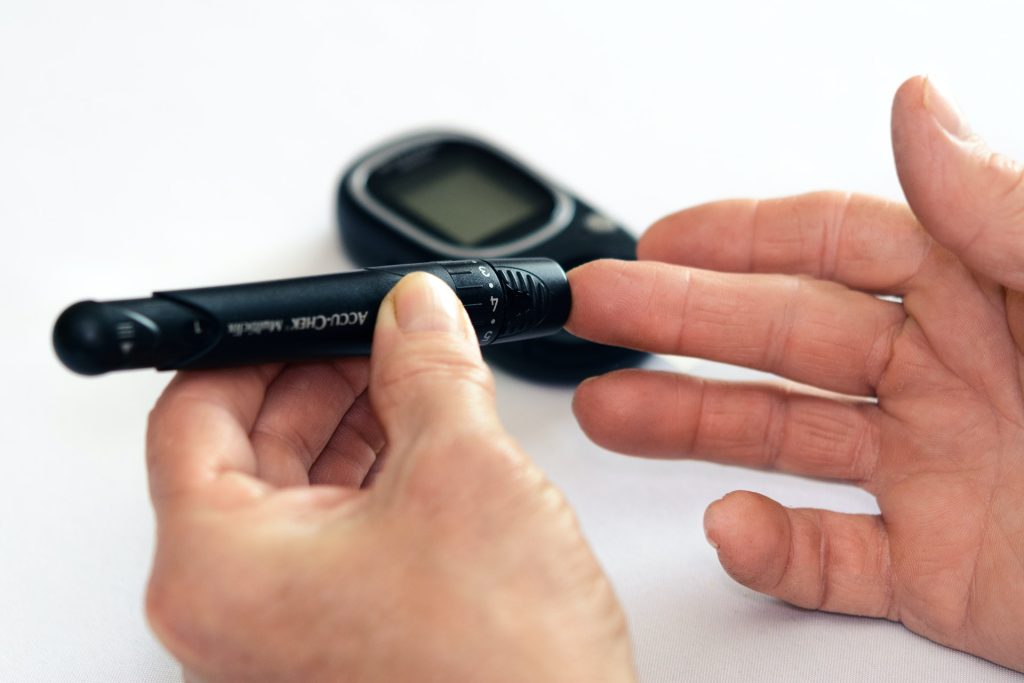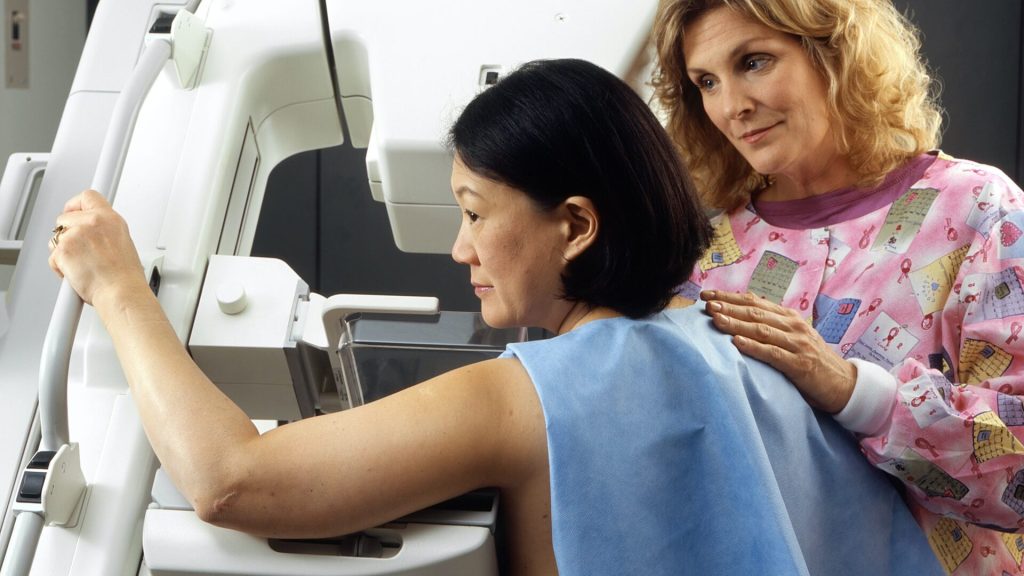Older Siblings Confer Healthy Development

Being a younger sibling in a family can have more benefits than simply being spoiled by the parents. A new study, published in BMC Public Health, reveals that older siblings confer a protective effect on the behaviours of their younger brothers and sisters.
Exposure environmental stressors during critical periods of life, especially to maternal stress while in the womb, can have negative long-term consequences for children’s development.
In a new study, researchers used longitudinal data from the LINA cohort (Lifestyle and environmental factors and their Influence on the Newborn Allergy risk) to test 373 German mother-child pairs, from pregnancy until 10 years of age.
Mothers were asked to fill in three validated questionnaires, to assess their stress levels and their child’s behavioural problems. First, the researchers assessed which social and environmental factors were linked to an increase in maternal stress levels during pregnancy, and the long-term consequences of maternal stress on the occurrence of child behavioural problems. Second, the researchers assessed whether the presence of siblings had a positive effect on the occurrence of child behavioural problems, by directly reducing stress levels and increasing children’s psychological well-being, or by indirectly buffering the negative consequences of maternal stress.
Prenatal stress can cause behavioural problems in the child
The results of the study showed that socio-environmental stressors, like the lack of sufficient social areas in the neighbourhood, were clearly linked to an increase in maternal stress levels during pregnancy. Moreover, mothers who had experienced high stress levels, like worries, loss of joy or tension, during pregnancy were also more likely to report the occurrence of behavioural problems when their children were 7, 8 or 10 years old. “These results confirm previous findings about the negative impact that even mild forms of prenatal stress might have on child behaviour, even after several years, and highlight the importance of early intervention policies that increase maternal wellbeing and reduce the risks of maternal stress already during pregnancy,” explained Federica Amici, one of the researchers involved in the project.
On a more positive note, the study also found a lower occurrence of behavioural problems in children with older siblings. “Children who have older brothers or sisters in their households are less likely to develop problems, which suggests that siblings are crucial to promote a healthy child development,” explained Gunda Herberth, coordinator of the LINA study.
Higher social competence thanks to older siblings?
This study further suggests that the presence of older siblings directly reduced the risk of developing behavioural problems, but did not affect negative effects of maternal stress on child behaviour. How could older siblings reduce the occurrence of behavioural problems in children? By interacting with their older siblings, children may develop better emotional, perspective taking and problem solving skills, which are linked to higher social competence and emotion understanding. Moreover, the presence of older siblings may provide learning opportunities for parents, who might thus develop different expectations and better parental skills.
“We were especially impressed by the important role that siblings appear to play for a healthy child development,” concluded researcher Anja Widdig. “We hope that our findings will draw attention to the importance of public health policies that directly target children and their siblings, and promote a healthy environment for their well-being and the development of high-quality sibling relationships”.





